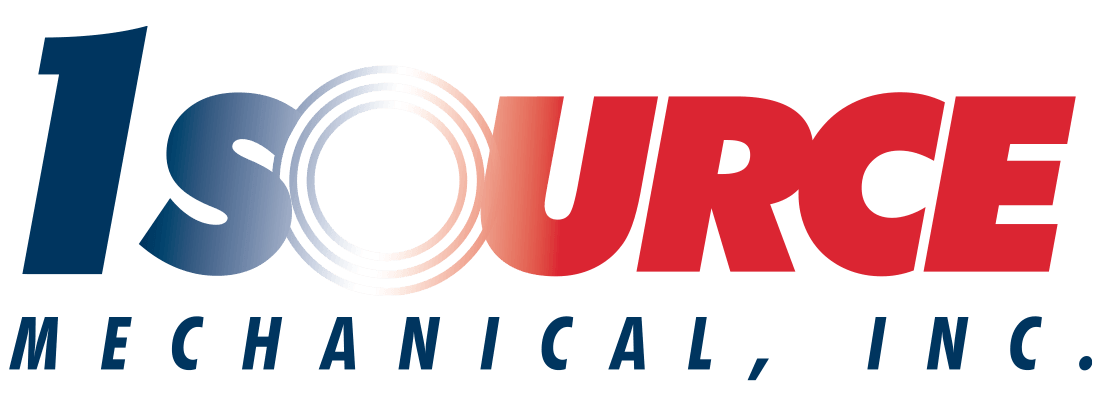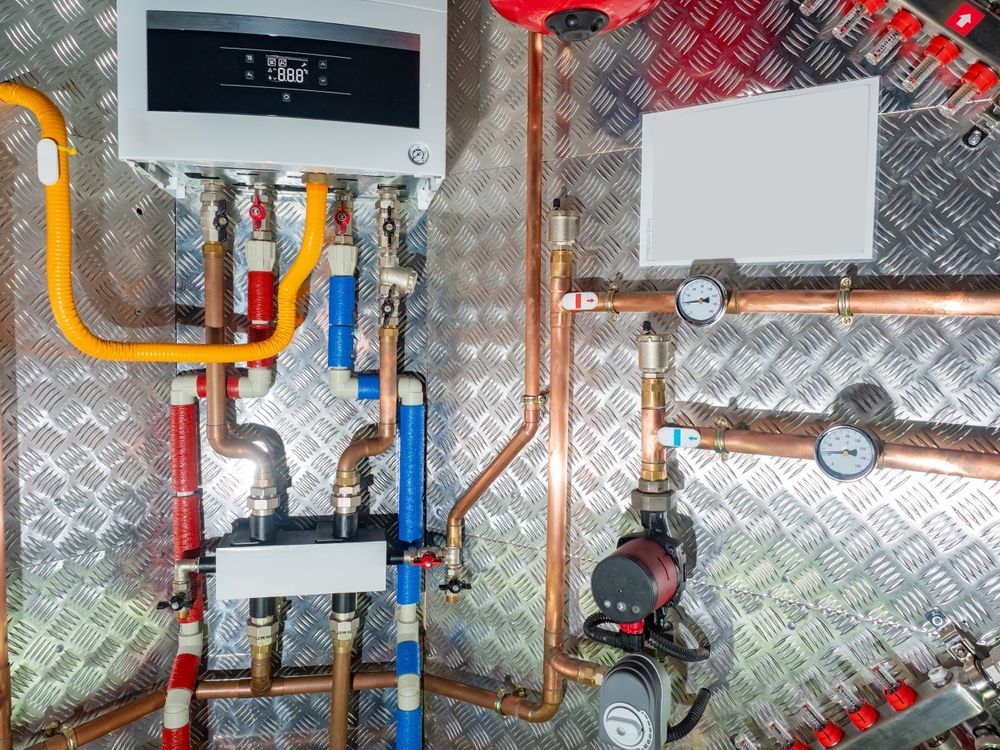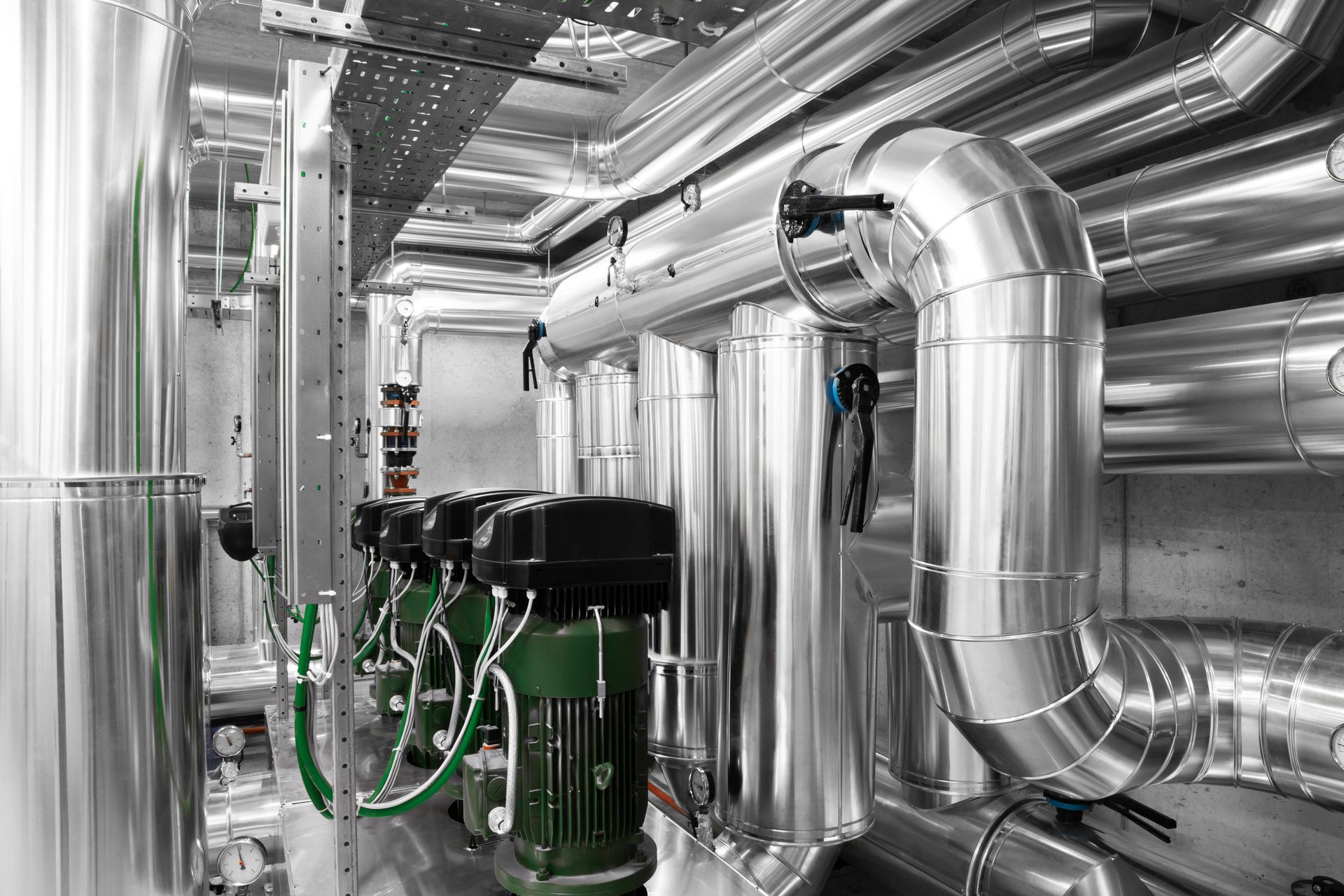The Basics of How Dehumidifiers Work to Control Humidity
Written by: 1 Source Mechanical
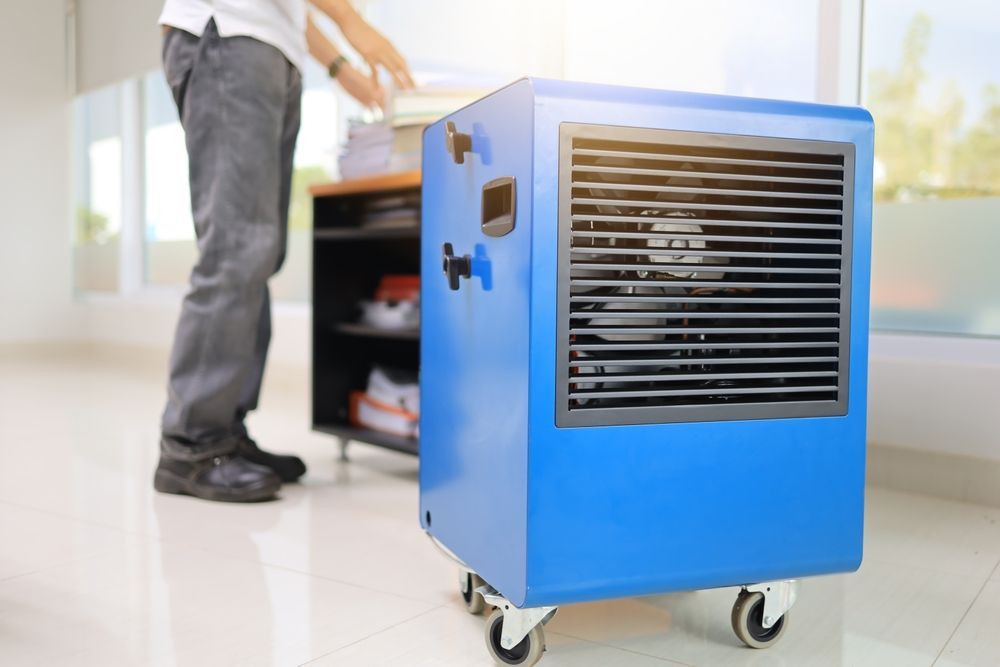
Excess moisture in the air can lead to mold growth, equipment deterioration, and uncomfortable conditions in commercial buildings. Maintaining proper humidity levels is essential for protecting assets, ensuring occupant comfort, and preserving indoor air quality.
Dehumidifiers serve a critical role in HVAC systems by extracting moisture from the air and helping maintain consistent environmental control. Understanding how these systems work is the first step in preventing humidity-related issues and optimizing performance in commercial spaces.
What is Humidity?
Humidity refers to the amount of water vapor present in the air. It is typically measured in terms of relative humidity (RH), which indicates the percentage of moisture in the air compared to the maximum amount the air can hold at a given temperature. Warmer air can hold more moisture, so relative humidity changes with both temperature and air pressure.
In commercial buildings, maintaining relative humidity between 30% and 60% is generally recommended. Levels above this range can create an environment prone to condensation, mold growth, and discomfort for occupants, while levels below can lead to static electricity, dry skin, and damage to materials like wood and paper.
Consequences of High Humidity in Commercial Settings
Uncontrolled humidity can create a range of challenges for commercial facilities. Elevated moisture levels promote the growth of mold, mildew, and bacteria, which can compromise indoor air quality and pose health risks to building occupants. These concerns are particularly critical in environments such as healthcare centers, office buildings, and hotels, where cleanliness and comfort are top priorities.
Over time, high humidity can also damage building materials. Wood may warp, metal can corrode, and insulation and drywall may deteriorate. In facilities that rely on sensitive electronics or machinery, moisture can cause malfunctions or lead to costly equipment failures.
Humidity also impacts energy efficiency. HVAC systems must work harder to regulate temperature when moisture levels are too high. This increases energy usage, raises utility costs, and shortens the lifespan of mechanical systems.
The Basics of Dehumidifiers
A dehumidifier is a mechanical device that reduces moisture levels in the air to support healthy indoor environments. In commercial HVAC systems, dehumidifiers may operate as standalone units or work in coordination with the larger system to control humidity in targeted zones.
The process starts when air enters the unit and passes over a set of cold evaporator coils. As the air cools, water vapor condenses into liquid and collects in a drain pan or is removed through a drainage line. The drier air is then reheated and circulated back into the space.
This moisture removal process helps protect building materials, equipment, and air quality, especially in areas with high occupancy or continuous moisture generation.
Types of Dehumidifiers
Commercial dehumidifiers are available in several configurations, each designed to address different building layouts, moisture loads, and performance requirements.

Refrigerant (Mechanical) Dehumidifiers
These units use a refrigeration cycle to cool incoming air, causing moisture to condense and separate from the airflow. They are effective in environments where the ambient temperature is moderate to warm and are commonly used in office buildings, retail spaces, and storage areas.
Desiccant Dehumidifiers
Desiccant systems use a moisture-absorbing material, such as silica gel, to extract water vapor from the air. These units are well-suited for colder environments or applications where very low humidity levels are required. They are often found in industrial settings, warehouses, and manufacturing facilities.
HVAC-Integrated Dehumidifiers
Some commercial HVAC systems include integrated dehumidification capabilities. These systems manage temperature and humidity through coordinated airflow control and moisture removal, offering seamless operation without the need for standalone units.
Each type serves a distinct purpose and can be selected based on the demands of the specific commercial space.
Key Components of a Dehumidifier
Commercial dehumidifiers are built with several essential components that work together to extract moisture from the air and support consistent humidity control.
Evaporator Coil
The evaporator coil cools incoming air. As warm, moist air moves across its surface, the temperature drops, and moisture condenses into liquid form.
Condenser Coil
Once moisture is removed, the air passes over the condenser coil, where it is reheated before being returned to the indoor space. This step helps maintain a comfortable temperature.
Compressor
The compressor drives the refrigeration cycle by pressurizing the refrigerant and enabling heat exchange between the evaporator and condenser coils. It is a central part of the dehumidification process.
Fan or Blower
Fans move air through the system, drawing it across internal components and distributing treated air back into the environment. Proper airflow is critical to effective operation.
Drainage System
Water collected during the condensation process must be removed efficiently. Commercial units typically use a gravity drain or pump to route water away from the system and prevent buildup.
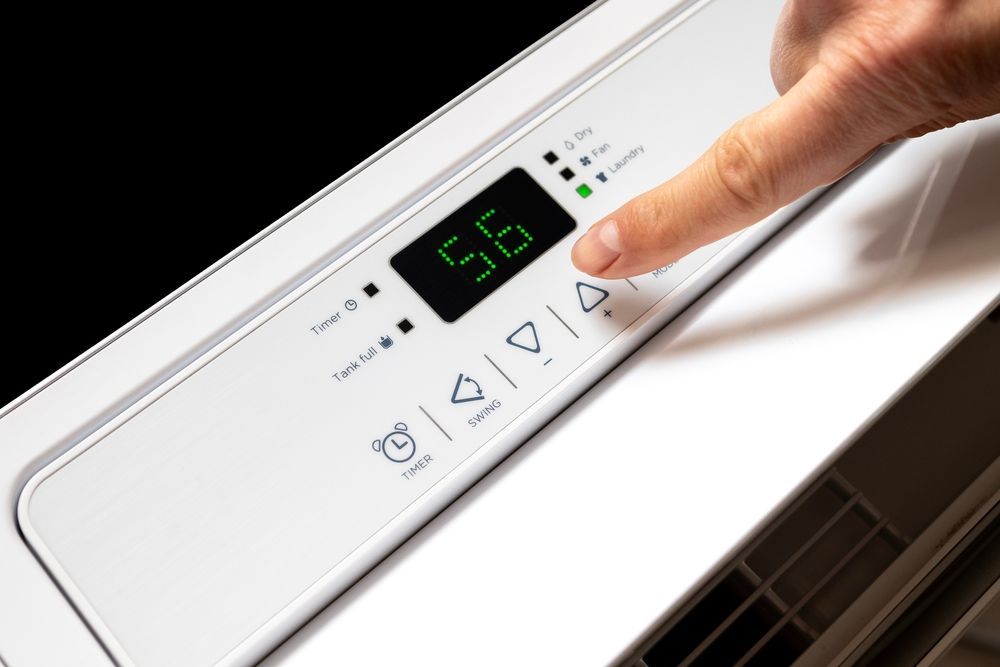
Selecting the Right Dehumidifier for Your Commercial Space
Choosing the right dehumidifier depends on several factors unique to each facility. System selection should account for moisture load, operating environment, HVAC integration, and accessibility for maintenance.
Capacity Requirements
Dehumidifiers are rated by the amount of moisture they can remove over a 24-hour period. Facilities with high humidity levels, expansive square footage, or continuous moisture generation will need a unit with higher capacity to maintain proper conditions.
Environmental Conditions
Ambient temperature and airflow patterns influence system performance. Desiccant dehumidifiers are better suited for cooler environments, while refrigerant-based models often provide greater efficiency in warm, humid spaces.
Integration with HVAC Systems
Some commercial buildings benefit from dehumidifiers that integrate directly with the HVAC system. This setup supports centralized control and consistent airflow management, particularly in multi-zone facilities or where mechanical space is limited.
Maintenance Accessibility
Routine access for service, filter replacement, and drainage management should be factored into the selection process. Equipment installed in hard-to-reach areas may lead to inconsistent upkeep and reduced performance over time.
Maintenance and Best Practices
Routine maintenance keeps commercial dehumidifiers running efficiently and helps prevent unexpected breakdowns. A well-maintained system supports consistent humidity control and extends the life of the equipment.
Filter Cleaning and Replacement
Air filters should be inspected regularly and replaced as needed to prevent airflow restrictions and maintain indoor air quality. Dirty filters can reduce system efficiency and put unnecessary strain on internal components.
Coil Inspection
Evaporator and condenser coils must remain clean and free of debris. Dust buildup can insulate the coil surfaces, reduce heat transfer, and lower overall performance. Periodic cleaning ensures consistent operation.
Drainage System Checks
Clogged or misaligned drains can lead to water leaks, overflows, or microbial growth. Drain lines and pans should be inspected to confirm proper flow and prevent moisture buildup in or around the unit.
Electrical and Mechanical Review
Wiring, connections, fans, and compressors should be checked for wear or irregular operation. Early detection of loose parts or electrical issues can prevent costly downtime.
Scheduled Professional Service
Partnering with a
commercial HVAC provider like 1 Source Mechanical for scheduled inspections and tune-ups helps identify minor issues before they become major problems. Regular service also supports warranty compliance and long-term system performance.
Key Takeaways
Uncontrolled humidity can lead to equipment failure, structural damage, and poor indoor air quality. A well-chosen, properly maintained dehumidifier helps protect your commercial space and supports efficient system performance.
For expert guidance and dependable service,
contact 1 Source Mechanical to discuss the right humidity control solution for your facility.
